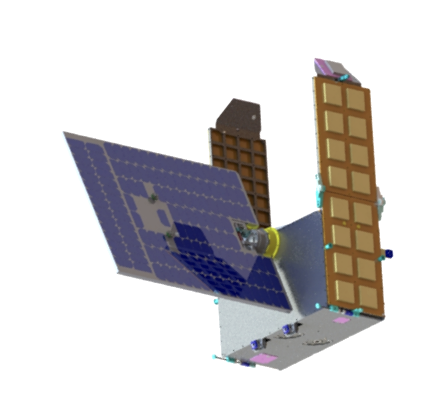
PlanetiQ announces the successful launch and commissioning of the GNOMES-3 satellite. SpaceX’s Falcon 9 rocket launched GNOMES-3 into a 646 km circular sun synchronous orbit April 1st on the company’s Transporter-4 mission. The spacecraft’s commercial payload “Pyxis-RO”, a 4th generation GNSS-Radio Occultation instrument, has also been commissioned with its first high quality atmospheric sounding data received three days after launch.
The atmospheric sounding data were verified and declared operational, with data delivery to PlanetiQ’s customers on April 8th, seven days after launch.

Following the GNOMES-2 launch this past June on SpaceX’s Transporter-2 mission, the two satellites are now producing over 3200 soundings of the Earth’s atmosphere and over 5000 ionosphere soundings per day. These soundings have sufficient signal to noise to indicate the location of the planetary boundary layer, as well as detect super refraction at the boundary layer and near the surface of the planet. These higher quality GNSS-RO soundings, along with the associated lower troposphere assimilation tools will be utilized for higher accuracy weather predictions.
PlanetiQ continues to work with government representatives within NOAA, NASA and DOD regarding upcoming radio occultation data needs, weather forecasting improvements and climatological research to be aligned with constellation growth.
The company is on track to fill out the constellation of 20 spacecraft generating the highest quality and highest quantity GNSS Radio Occultation data ever produced. This data will be instrumental in producing higher-fidelity weather forecasting; hurricane cyclo-genesis, intensification, and track; aid in energy, transportation and agriculture industries as well as serve as a climate record with its SI-traceable data.

PlanetiQ looks forward to launching more Pyxis-RO atmospheric and ionospheric sounding spacecraft next year and the “5th Generation” instrument to be phased in on subsequent satellites.
